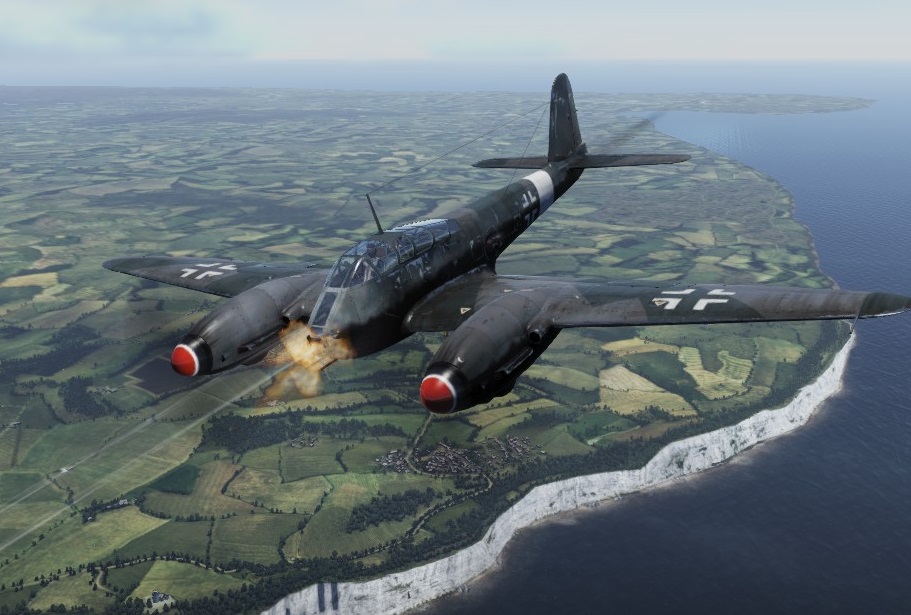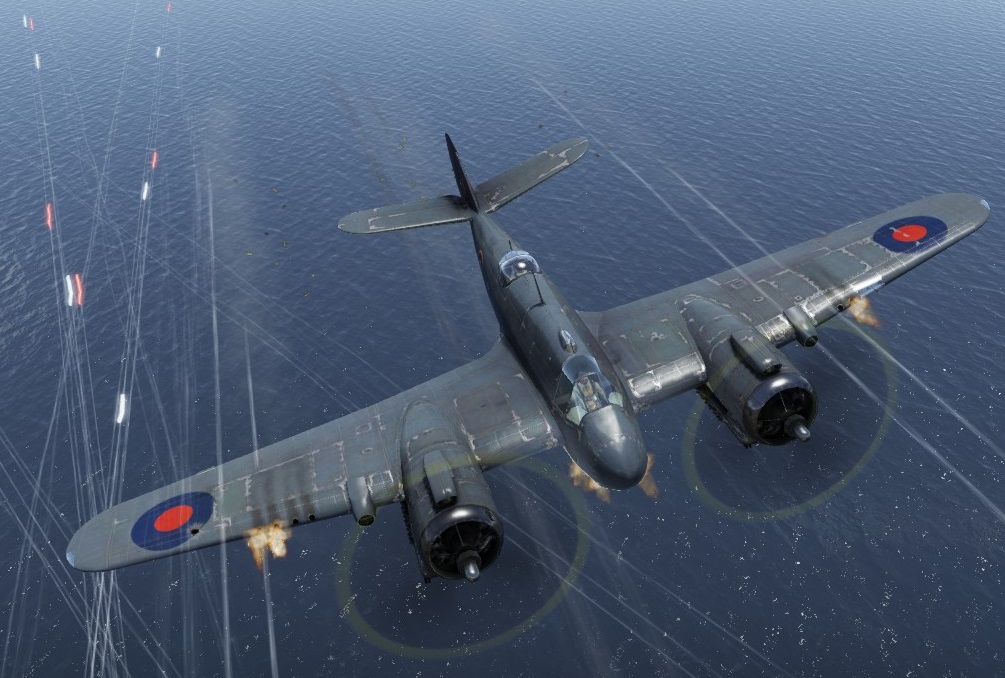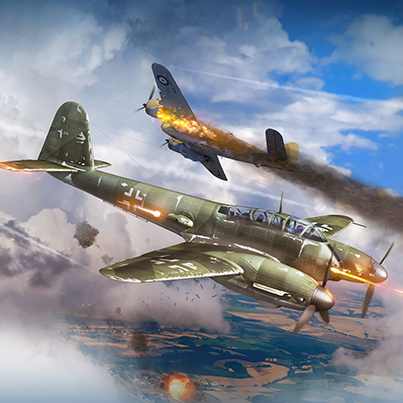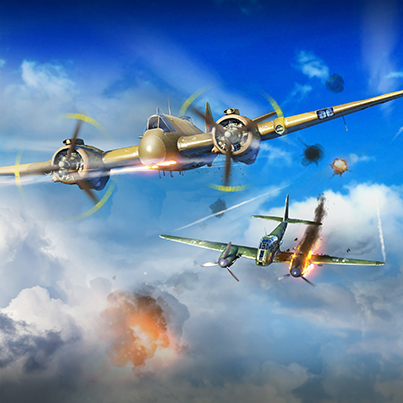
- For PC
- For MAC
- For Linux
- OS: Windows 7 SP1/8/10 (64 bit)
- Processor: Dual-Core 2.2 GHz
- Memory: 4GB
- Video Card: DirectX 10.1 level video card: AMD Radeon 77XX / NVIDIA GeForce GTX 660. The minimum supported resolution for the game is 720p.
- Network: Broadband Internet connection
- Hard Drive: 17 GB
- OS: Windows 10/11 (64 bit)
- Processor: Intel Core i5 or Ryzen 5 3600 and better
- Memory: 16 GB and more
- Video Card: DirectX 11 level video card or higher and drivers: Nvidia GeForce 1060 and higher, Radeon RX 570 and higher
- Network: Broadband Internet connection
- Hard Drive: 95 GB
- OS: Mac OS Big Sur 11.0 or newer
- Processor: Core i5, minimum 2.2GHz (Intel Xeon is not supported)
- Memory: 6 GB
- Video Card: Intel Iris Pro 5200 (Mac), or analog from AMD/Nvidia for Mac. Minimum supported resolution for the game is 720p with Metal support.
- Network: Broadband Internet connection
- Hard Drive: 17 GB
- OS: Mac OS Big Sur 11.0 or newer
- Processor: Core i7 (Intel Xeon is not supported)
- Memory: 8 GB
- Video Card: Radeon Vega II or higher with Metal support.
- Network: Broadband Internet connection
- Hard Drive: 95 GB
- OS: Most modern 64bit Linux distributions
- Processor: Dual-Core 2.4 GHz
- Memory: 4 GB
- Video Card: NVIDIA 660 with latest proprietary drivers (not older than 6 months) / similar AMD with latest proprietary drivers (not older than 6 months; the minimum supported resolution for the game is 720p) with Vulkan support.
- Network: Broadband Internet connection
- Hard Drive: 17 GB
- OS: Ubuntu 20.04 64bit
- Processor: Intel Core i7
- Memory: 16 GB
- Video Card: NVIDIA 1060 with latest proprietary drivers (not older than 6 months) / similar AMD (Radeon RX 570) with latest proprietary drivers (not older than 6 months) with Vulkan support.
- Network: Broadband Internet connection
- Hard Drive: 95 GB
|
|
|
1280x1024 1920x1080 |
1280x1024 1920x1080 |
From December 14th 6:00 GMT to December 16th 6:00 GMT
(From December 13th 22:00 PST to December 15th 22:00 PST)
+30% experience earned while flying any modifications of Beafighter and Me.410
| Special discounts for the following aircraft: | Special discounts for the following aircraft: |
|
Beaufighter Mk VIc, Beaufighter Mk X - 30%
Beaufighter Mk 21 - 20%
|
Me 410 A-1, Me 410 A-1/U2, Me 410 A-1/U4 - 30%
Me 410 B-1, Me 410 B-1/U2,
Me 410 B-2/U4, Me410 B-6/R3 - 20%
|
Achievements:
You may earn up to 200.000 Silver Lions completing these achievements.
(You can check your progress in your game profile — 'Achievements' tab)
Heavy Beasts
Heavy fighters were a military aircraft class developed in the 1930s and early 1940s. Planes of this type were intended for a wide variety of tasks, from standard patrol and interception duties to acting as escort fighters, night interceptors, reconnaissance, ground attack, bombing missions and more, while enjoying high survivability and long flight range. For these tasks, aircraft such as the Messerschmitt Bf 110, Petlyakov Pe-3, Westland Whirlwind and Lockheed P-38 Lightning were designed. But the harsh reality of World War II disproved many of the speculations, showing that the conventional fighters’ ability to outmanoeuvre the heavy ones was much more beneficial for survivability than additional armour. Only the most adaptive and versatile heavy fighter designs proved to be effective, shifting their roles to all-weather interceptors or torpedo bombers by the end of the War.
 Germany’s main heavy fighter of the World War II was the Bf110, the aircraft that Hermann Göring, the Luftwaffe’s all-mighty commander, strongly believed in, when it entered service in 1937, however the results of its usage in the Battle of Britain and during the first month on the Eastern Front were obvious: the aircraft needed to be replaced with a modern and faster new one. The first attempt (the Messerschmitt Me210) had fundamental engineering flaws and so the Me410 was developed. Powered by two Daimler-Benz DB 603A, it possessed high versatility due to the usage of conversion kits system that allowed to mount a wide array of weaponry, including the fearsome experimental BK 5 50mm autocannon. The aircraft was mostly used as an elusive night bomber and interceptor.
Germany’s main heavy fighter of the World War II was the Bf110, the aircraft that Hermann Göring, the Luftwaffe’s all-mighty commander, strongly believed in, when it entered service in 1937, however the results of its usage in the Battle of Britain and during the first month on the Eastern Front were obvious: the aircraft needed to be replaced with a modern and faster new one. The first attempt (the Messerschmitt Me210) had fundamental engineering flaws and so the Me410 was developed. Powered by two Daimler-Benz DB 603A, it possessed high versatility due to the usage of conversion kits system that allowed to mount a wide array of weaponry, including the fearsome experimental BK 5 50mm autocannon. The aircraft was mostly used as an elusive night bomber and interceptor.
 The Royal Air Force realized that it needed heavy planes, capable of carrying radar equipment and intercepting German bombers in their night raids during the Battle of Britain. To fill this gap the Bristol Beaufighter was introduced in 1940. Being basically a modification of the Beaufort torpedo bomber, the model used the new Hercules engines that allowed the prototype to achieve the speed of 539 km/h. The Beaufighter was also one of the most heavily armed fighters of the time, fitting four 20mm Hispano cannons as well as up to 7 additional machine guns, underwing mounted rockets or a 450mm (18 in) torpedo in its different modifications. Its design was so good that some of the 6000 thousands aircraft remained in service till 1960.
The Royal Air Force realized that it needed heavy planes, capable of carrying radar equipment and intercepting German bombers in their night raids during the Battle of Britain. To fill this gap the Bristol Beaufighter was introduced in 1940. Being basically a modification of the Beaufort torpedo bomber, the model used the new Hercules engines that allowed the prototype to achieve the speed of 539 km/h. The Beaufighter was also one of the most heavily armed fighters of the time, fitting four 20mm Hispano cannons as well as up to 7 additional machine guns, underwing mounted rockets or a 450mm (18 in) torpedo in its different modifications. Its design was so good that some of the 6000 thousands aircraft remained in service till 1960.





